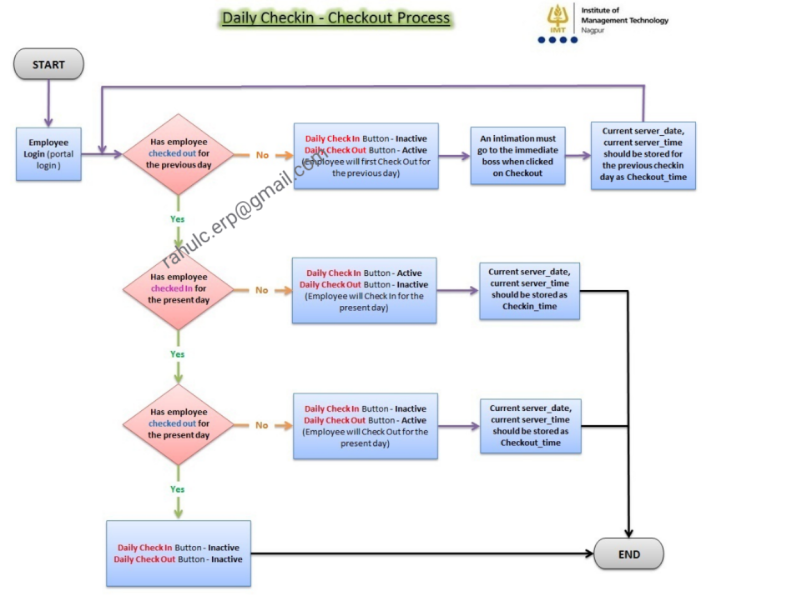

The native package behaves exactly the same in both read-only and non-read-only modes, so it's up to the Studio environment (all the Plastic SCM views like the Branch Explorer, changesets and others). Package is the preferred integration for Visual Studio 2005 or higher, since it provides the sameįunctionality as the legacy SCC plugin (check out / check in / update) and much more inside the Visual Plastic SCM provides 2 types of integration with Visual Studio: SCC and a native package. Your changed items are displayed in the list and you can check them in as usual.įrom the command line, you can achieve the same result with:Ĭm status -nostatus -changed -short | cm ci -c="comment" -applychanged Visual Studio integration To check in your changes in this mode go to the Pending changes view. Going forward, this won't be set, so this only needs to be done once. Now, if you have an existing workspace, unset the read only bit from all the items.
CHECKOUT OR CHECK OUT UPDATE
Other options tab, uncheck Update and Checkin operations set files as read-only: To switch to this mode, you need to change one option under Preferences. Instead, you just commit (check in) your changes as needed. While checking out the items before editing them has advantages (like automatic shelving when switchingīranches), it's perfectly possible to work in SVN mode, where the items in the workspace are not read-onlyĪnd you don't need to check out files. Hand, marks the files as read-only by default, so you need to check them out before editing. Your first move to edit a file is, well, editing the file in your favorite editor. You need to check out an item before modifying it. There are many possibilities.If you are coming from other version control systems like Subversion or CVS, you may find it strange that You may want to try even more creative approaches, such as asking a question the article attempts to answer, using a catchy headline, or inserting a quote from the content. Alternative: “Professor Y explains why STEM education is important.Examples: “Check out this article about Professor Y on STEM education” or “Professor Y explains why STEM education is important.The phrase “check out” may be superfluous in this case, just remove it. Alternative: “ Professor Y explains how…”.Example: “Check out this video with Professor Y.”.Alternative: “Interested in nanotechnology? Try our new program: Focus character count on the message, not the medium.Example: “Check out our nanotechnology program.”.Replace the phrase with more information. Alternative: “Explore our new website!”.Sometimes you just need a more descriptive word. Examplesīelow are some examples and their alternatives.

Instead, focus on the message – use your precious character count on the headline, discovery, or point. In this case, you focus on the fact that the message is a video, on the website, or coming from the dean’s mouth. When you use the phrase “check out,” you are more likely to follow it with a medium such as “check out this video,” “check out our website for more information,” and “check out what the dean said about…”. You will successfully focus on the message, not the medium. Why reduce many varied action words (e.g., view, visit, explore, see, read, watch) down to one over-used phrase? Message.

If you tweet for an academic department, your posts should reflect the tone of the department’s work. While 34,000 tweets used the phrase “check out our website” over the past 30 days, fewer than 100 tweets used the phrase “explore our website.” Tone. The benefits include the following: Your posts will have a simple uniqueness. It’s easy to announce something great by telling your followers to “check it out.” However, taking a little extra effort to use different wording can add value to your posts. “Check out this article” (23,000) The benefits of going beyond “check out” Data was taken at the time of this writing. In the past 30 days, 10 million tweets used the phrase “check out.” I’ve included some examples below, with the number of times each phrase has been tweeted in the last 30 days. It’s the use of the phrase “check out.” The phrase isn’t inherently good or bad what really stands out is its overuse as a sign of vocabulary laziness. Remove "Check Out" From Your Social Media Vocabulary


 0 kommentar(er)
0 kommentar(er)
